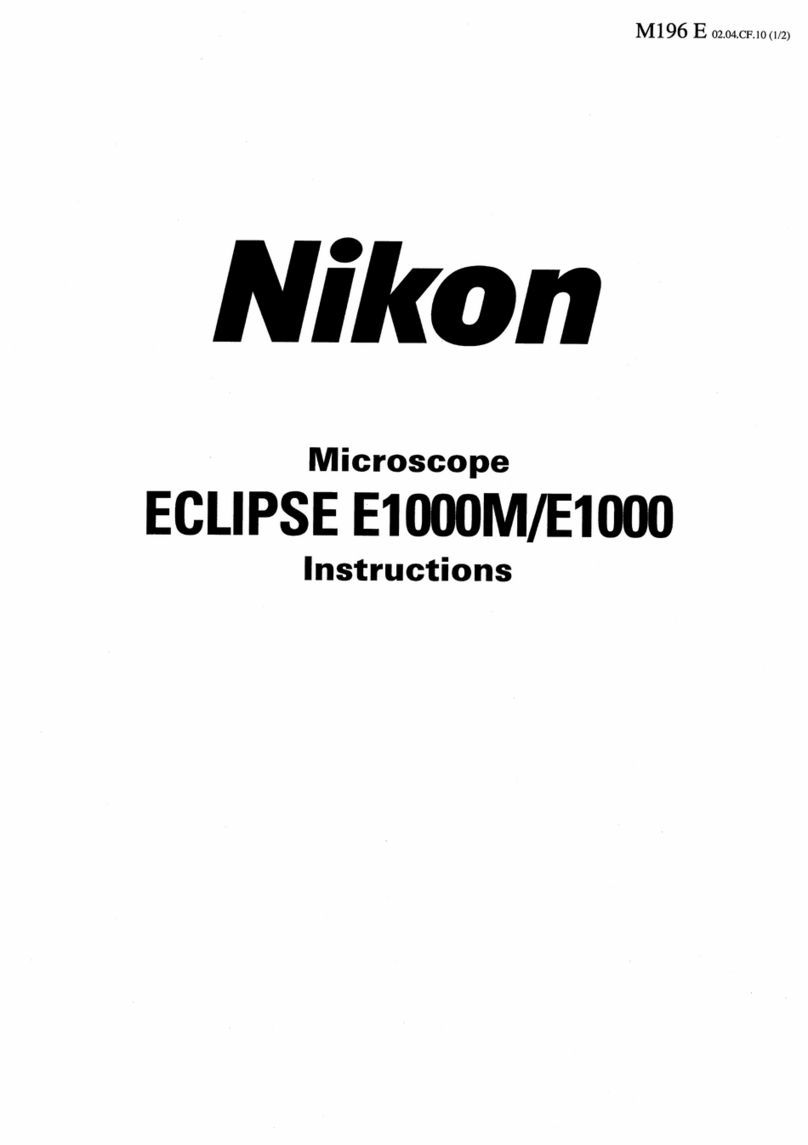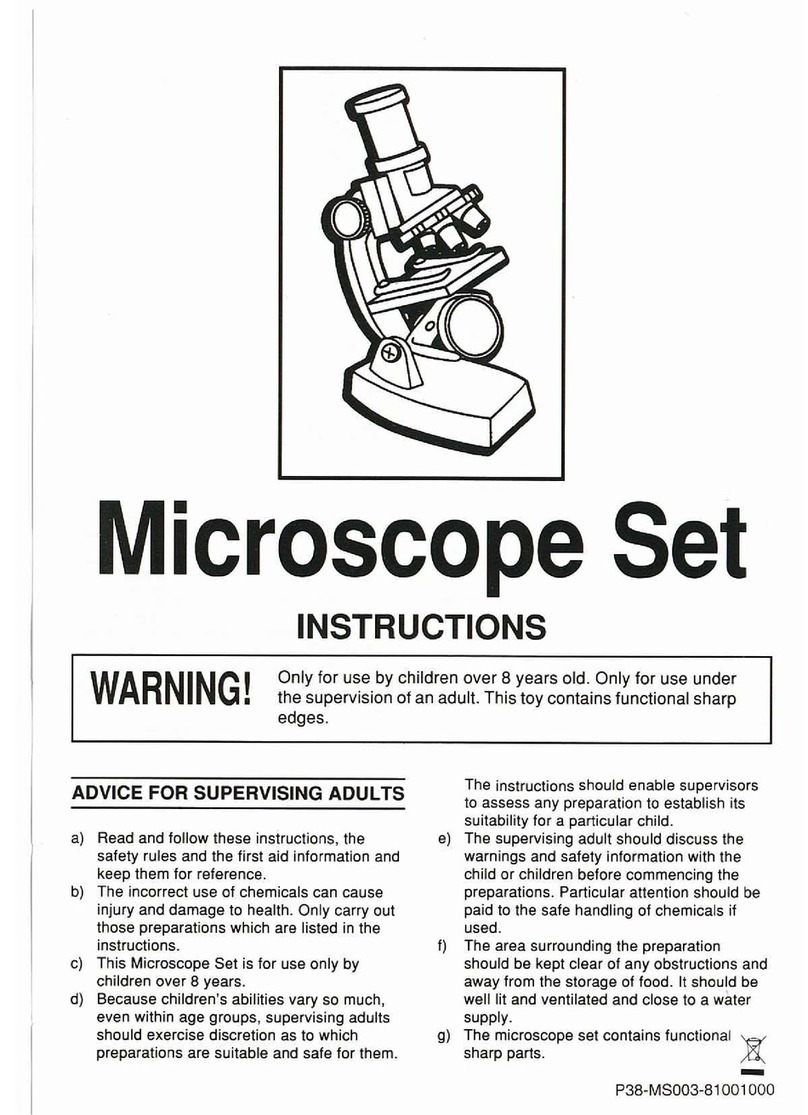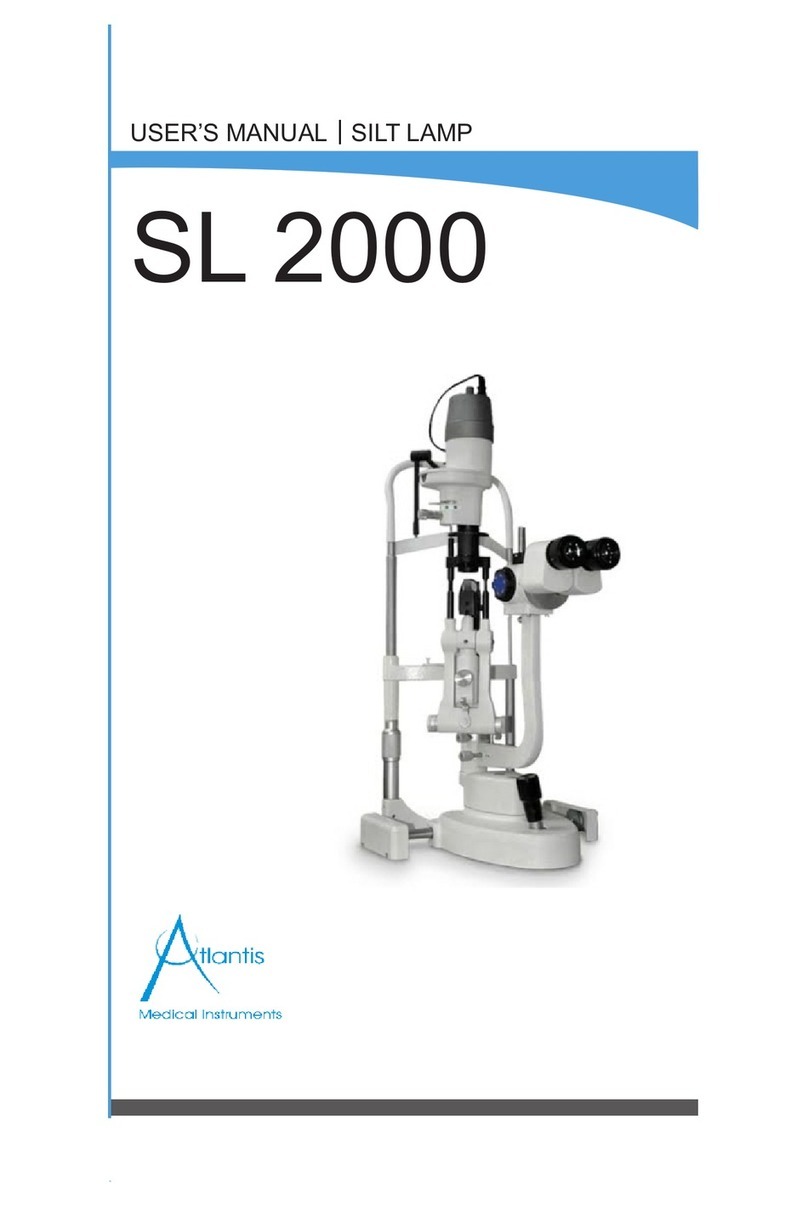Nikon E800 User manual
Other Nikon Microscope manuals
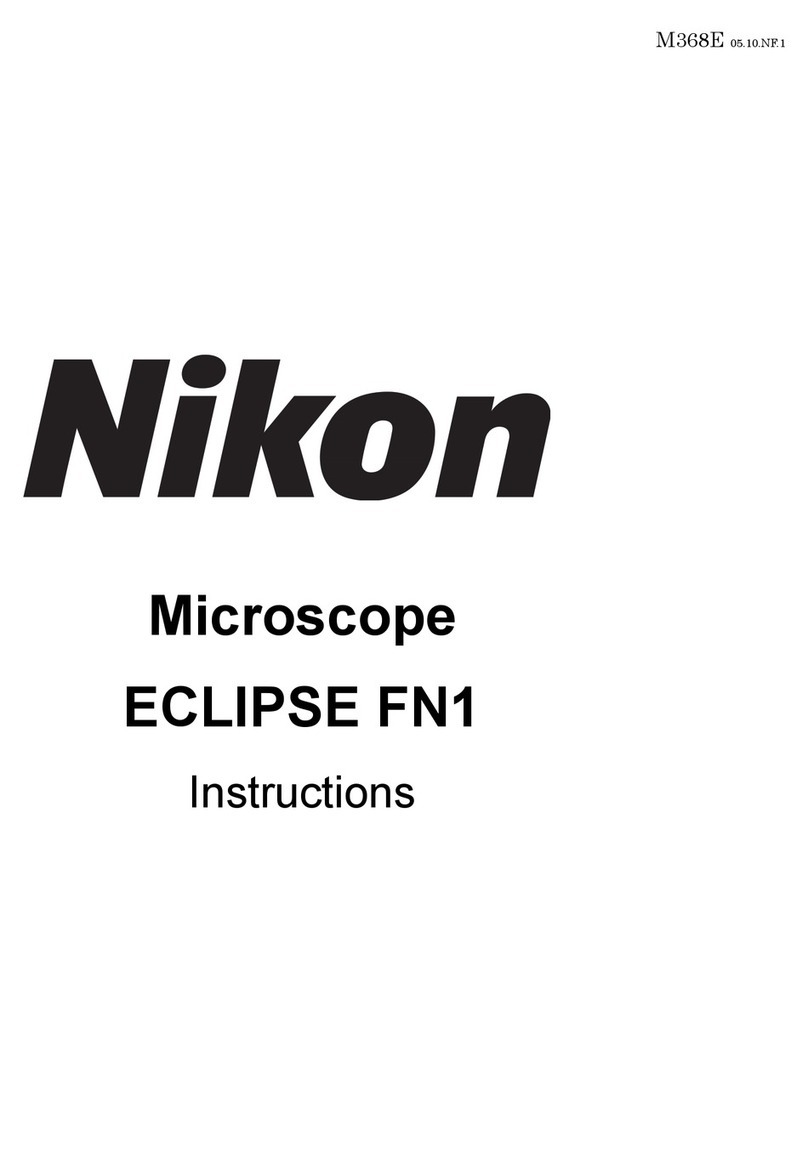
Nikon
Nikon eclipse fn1 User manual

Nikon
Nikon SMZ745T User manual

Nikon
Nikon SMZ-10A User manual
Nikon
Nikon LABOPHOT-POL User manual

Nikon
Nikon SMZ1500 User manual
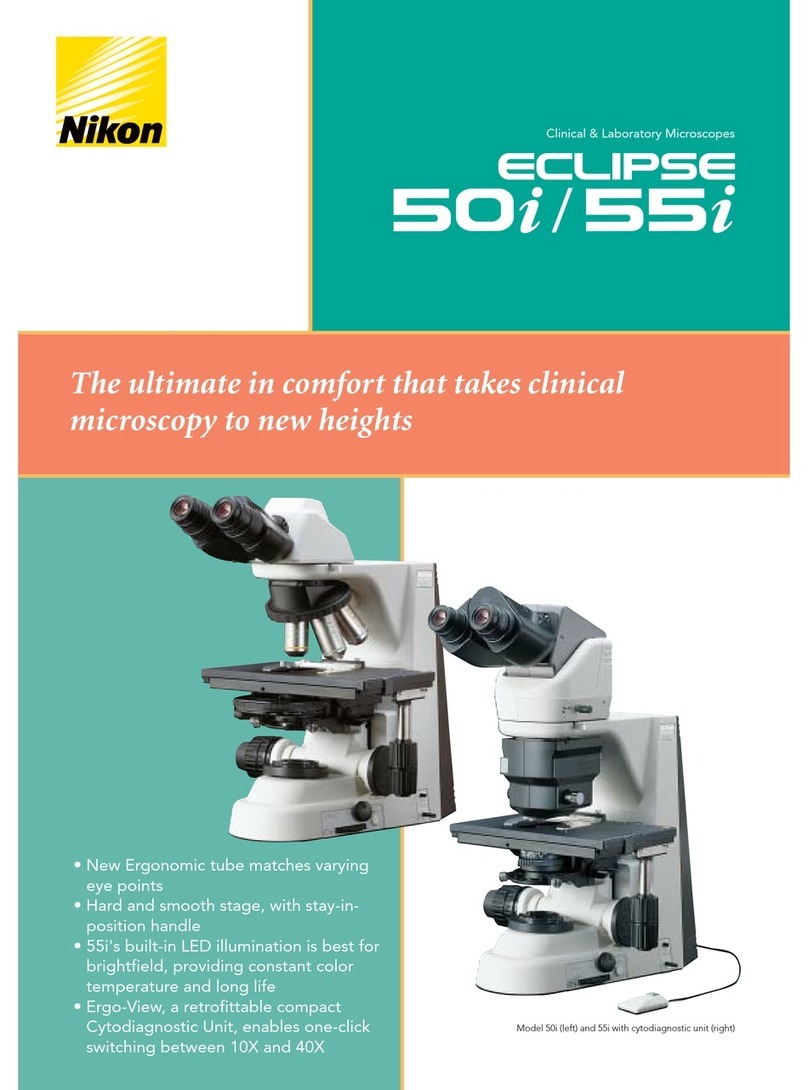
Nikon
Nikon 50i User manual
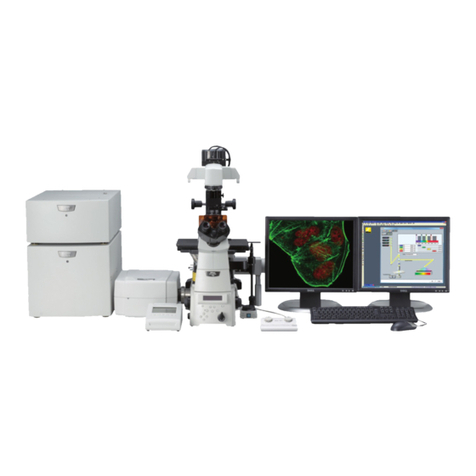
Nikon
Nikon A1+ User manual
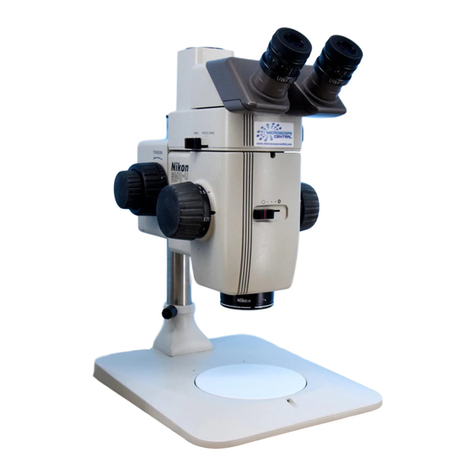
Nikon
Nikon SMZ-U User manual
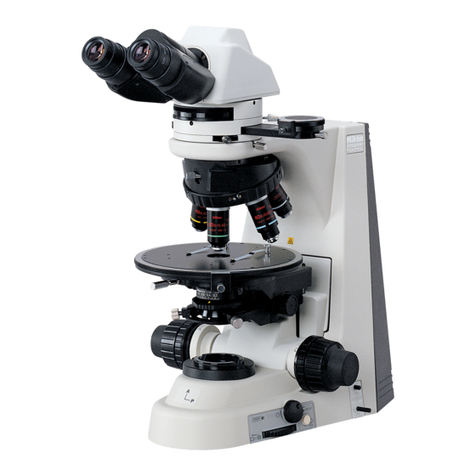
Nikon
Nikon Eclipse 50i POL User manual
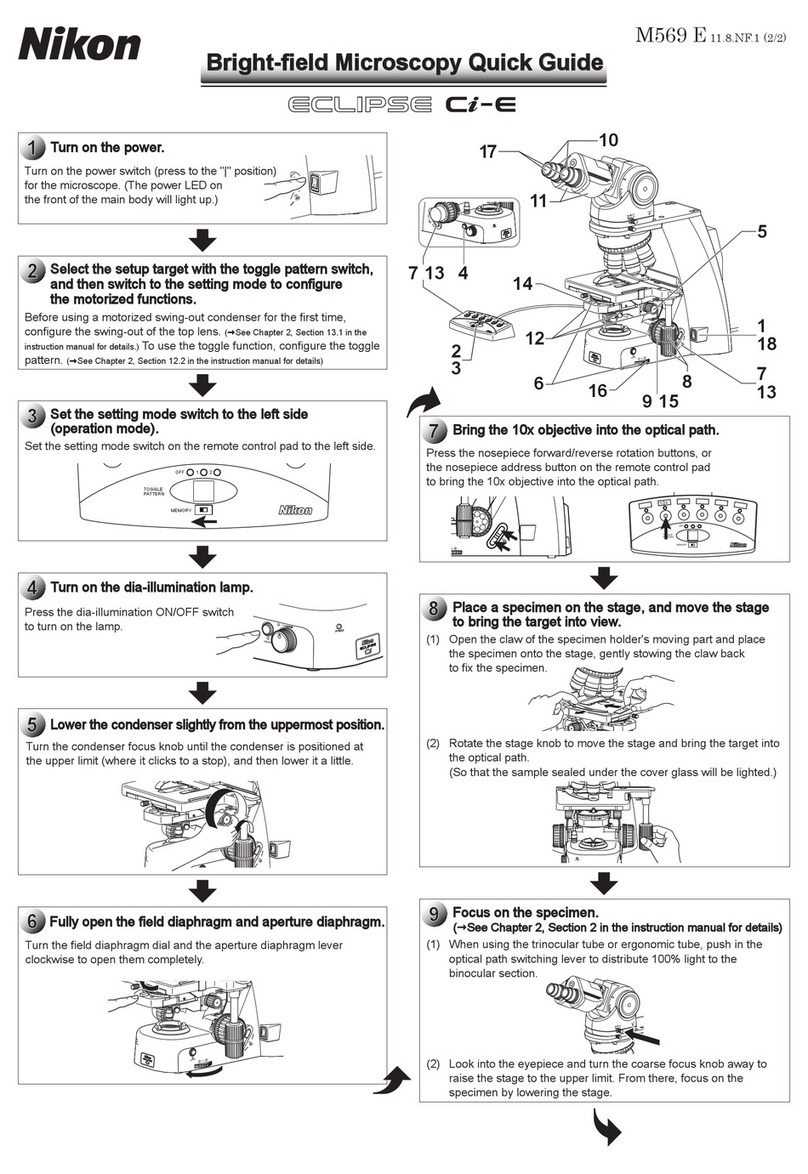
Nikon
Nikon Eclipse Ci-E User manual
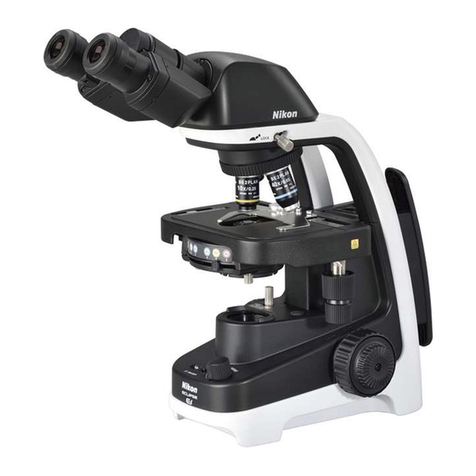
Nikon
Nikon ECLIPSE Ei User manual
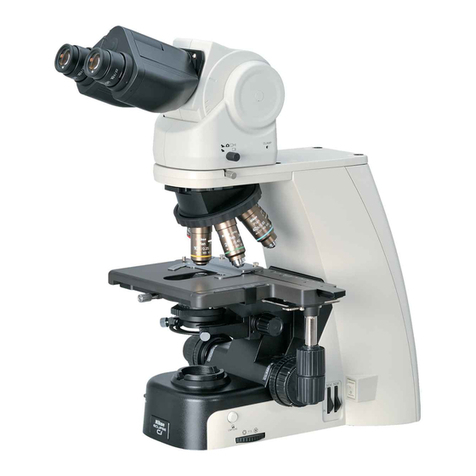
Nikon
Nikon eclipse Ci-S User manual

Nikon
Nikon Eclipse Series User manual
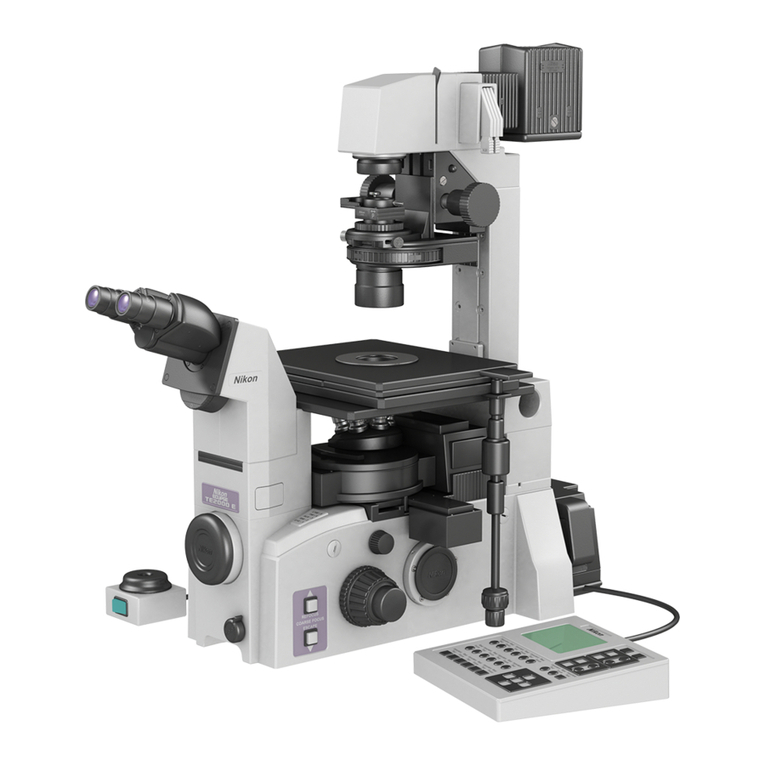
Nikon
Nikon Elcipse TE2000 User manual

Nikon
Nikon SMZ-U Manual
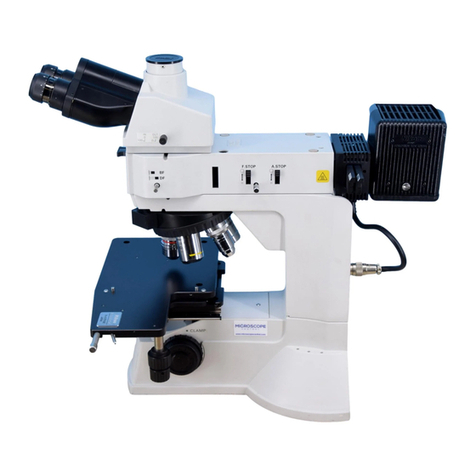
Nikon
Nikon Eclipse L150 User manual
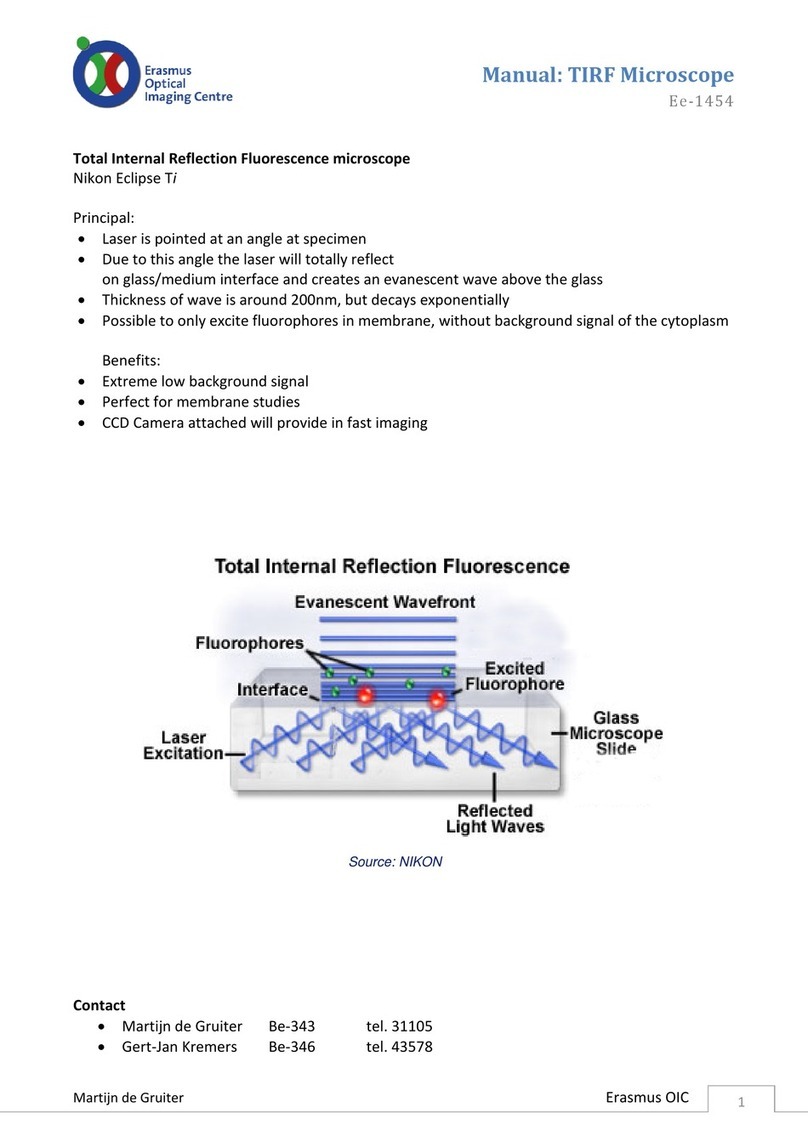
Nikon
Nikon Eclipse Ti TIFT 1454 User manual

Nikon
Nikon LABOPHOT-POL User manual
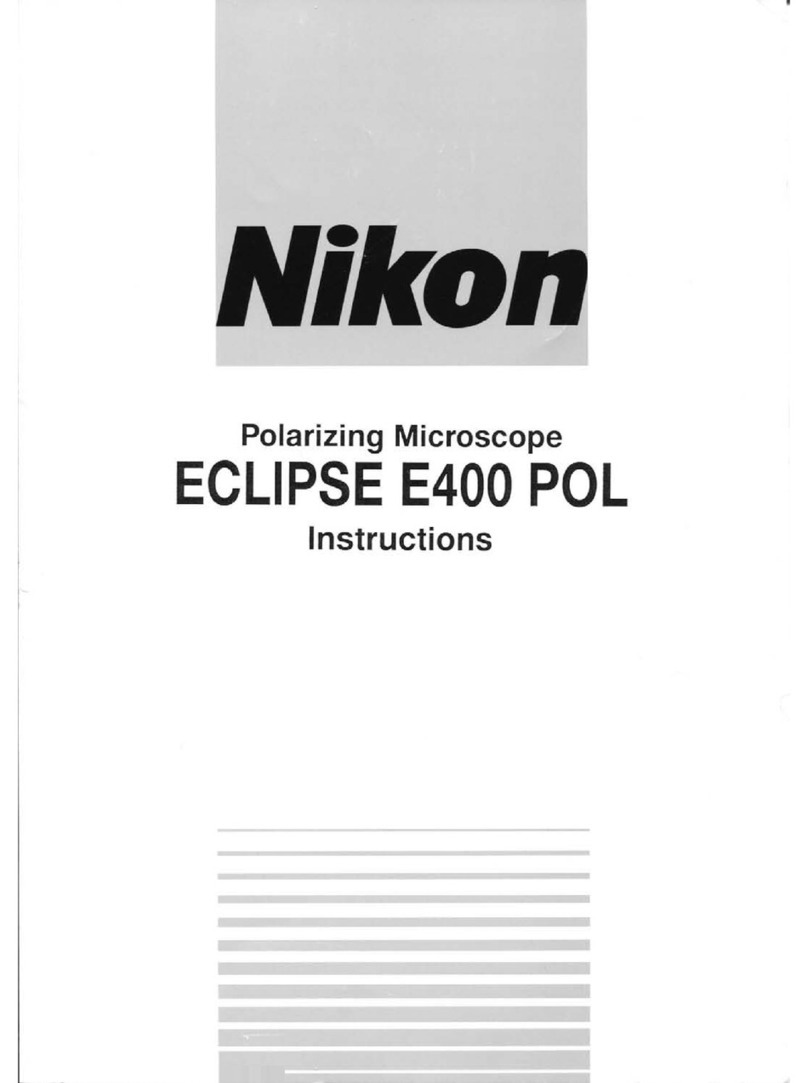
Nikon
Nikon Eclipse E400 POL User manual
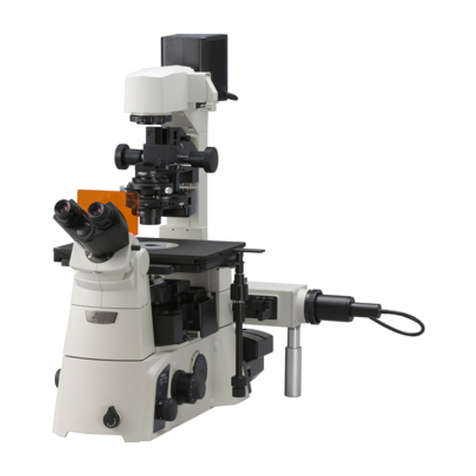
Nikon
Nikon eclipse Ti-U/B User manual
